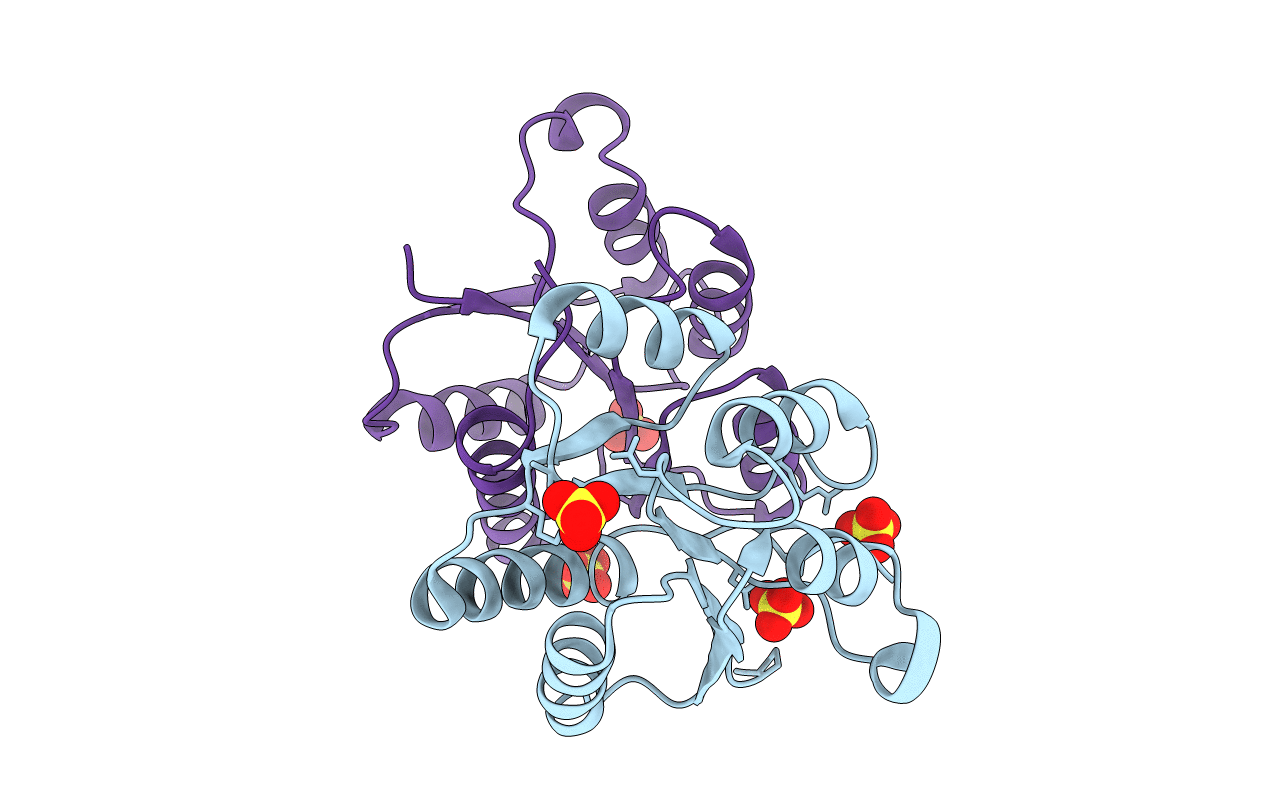
Deposition Date
2001-02-14
Release Date
2002-03-06
Last Version Date
2024-11-13
Entry Detail
PDB ID:
1I3C
Keywords:
Title:
RESPONSE REGULATOR FOR CYANOBACTERIAL PHYTOCHROME, RCP1
Biological Source:
Source Organism:
Synechocystis sp. (Taxon ID: 1148)
Host Organism:
Method Details:
Experimental Method:
Resolution:
1.90 Å
R-Value Free:
0.22
R-Value Work:
0.18
R-Value Observed:
0.19
Space Group:
P 1 21 1


